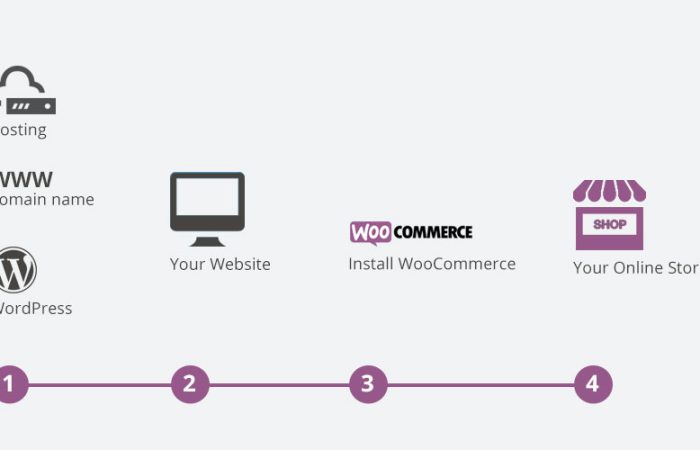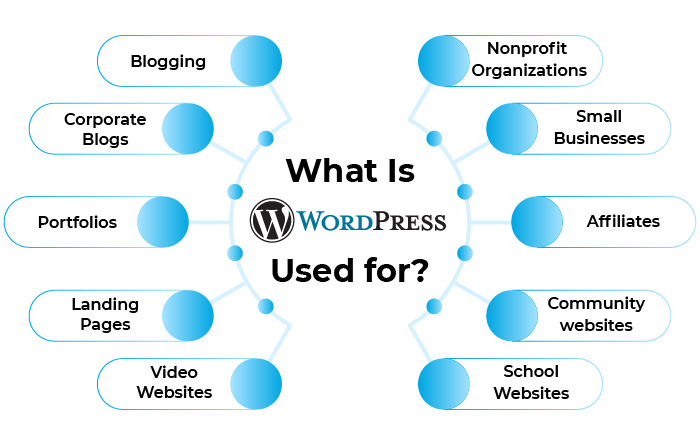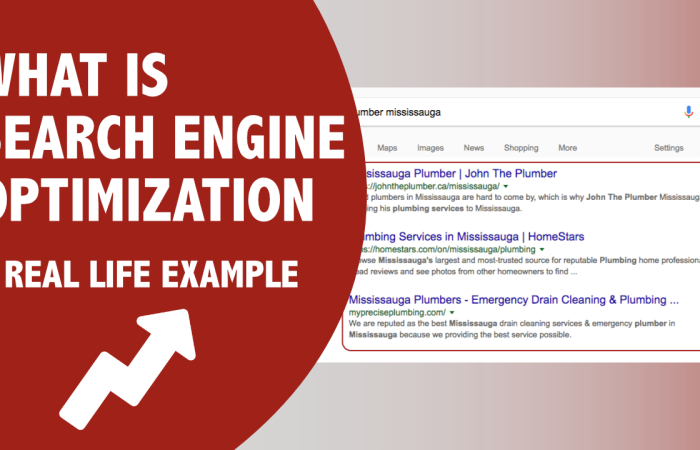If you've ever thought about selling products online, you've likely come across the term WooCommerce…
Affordable SEO Strategies for Small Businesses
In today’s digital age, small businesses must establish a robust online presence to compete and grow. However, with limited budgets, small businesses often find it challenging to invest in expensive SEO services. Fortunately, there are several effective and affordable SEO strategies that can help small businesses improve their search engine rankings and drive more organic traffic to their websites. This blog post will explore “Affordable SEO Strategies for Small Businesses,” providing practical tips and actionable insights to help you get started.
Understanding SEO Basics
Before diving into specific strategies, it’s essential to understand the basics of SEO (Search Engine Optimization). SEO is the process of optimizing your website to rank higher in search engine results pages (SERPs) for relevant keywords. This involves various techniques, including keyword research, content creation, on-page optimization, and building backlinks. The goal is to increase your website’s visibility, attract more visitors, and ultimately drive more sales or leads.
Keyword Research: The Foundation of SEO
Keyword research is the cornerstone of any successful SEO strategy. It involves identifying the keywords and phrases that your target audience is using to search for products or services like yours.
How to Conduct Keyword Research
- Brainstorming: Start by listing down words and phrases that are relevant to your business.
- Use Keyword Research Tools: Tools like Google Keyword Planner, Ubersuggest, and Ahrefs can help you discover new keywords and analyze their search volume and competition.
- Analyze Competitors: Look at the keywords your competitors are targeting. Tools like SEMrush can provide insights into your competitors’ SEO strategies.
- Long-Tail Keywords: Focus on long-tail keywords (phrases with three or more words) as they are usually less competitive and more specific, making it easier to rank for them.
Implementing Keywords
Once you have identified your target keywords, incorporate them naturally into your website content, meta tags, headings, and URLs. Avoid keyword stuffing, as this can lead to penalties from search engines.
High-Quality Content Creation
Content is king in the world of SEO. Creating high-quality, relevant, and engaging content is one of the most effective and affordable SEO strategies for small businesses.
Tips for Creating SEO-Friendly Content
- Understand Your Audience: Know who your target audience is and create content that addresses their needs and interests.
- Create Valuable Content: Offer valuable information, tips, and insights that your audience can benefit from. This will encourage visitors to stay longer on your site and share your content.
- Regular Updates: Update your blog or website regularly with fresh content to keep your audience engaged and attract search engine crawlers.
- Use Visuals: Incorporate images, videos, and infographics to make your content more engaging and shareable.
- Optimize for Keywords: Use your target keywords naturally throughout your content, including in the title, headings, and body text.
On-Page SEO: Optimizing Your Website
On-page SEO involves optimizing individual web pages to improve their search engine rankings. This includes optimizing meta tags, headings, images, and URLs.
Key On-Page SEO Elements
- Title Tags: Create compelling title tags that include your primary keyword. Keep them under 60 characters to ensure they display correctly in search results.
- Meta Descriptions: Write concise meta descriptions (under 160 characters) that accurately summarize your content and include your target keywords.
- Headings (H1, H2, H3): Use headings to structure your content and make it easier to read. Include keywords in your headings where appropriate.
- Image Optimization: Use descriptive file names and alt text for images to help search engines understand their content. Compress images to improve page load times.
- Internal Linking: Link to other relevant pages on your website to improve navigation and help search engines understand the structure of your site.
- URL Structure: Create clean, descriptive URLs that include your primary keyword. Avoid using long strings of numbers or irrelevant characters.
Local SEO: Targeting Local Customers
For small businesses, local SEO is crucial. It helps you attract customers from your local area who are searching for your products or services.
Local SEO Strategies
- Google My Business: Claim and optimize your Google My Business listing. Ensure your business information is accurate and complete, including your address, phone number, and business hours.
- Local Keywords: Use local keywords in your content and meta tags. For example, if you own a bakery in Boston, use phrases like “Boston bakery” or “best bakery in Boston.”
- Local Citations: List your business in local directories and citation sites such as Yelp, Yellow Pages, and TripAdvisor. Ensure your information is consistent across all platforms.
- Customer Reviews: Encourage satisfied customers to leave positive reviews on Google and other review sites. Respond to reviews to show that you value customer feedback.
Building Backlinks: Earning Authority and Trust
Backlinks (links from other websites to your own) are a critical factor in SEO. They signal to search engines that your website is trustworthy and authoritative.
Affordable Link-Building Strategies
- Guest Blogging: Write high-quality articles for other websites in your industry, including a link back to your site. This can help you reach a wider audience and build valuable backlinks.
- Content Outreach: Reach out to bloggers, influencers, and industry publications to share your content. If they find it valuable, they may link to it.
- Social Media Sharing: Share your content on social media platforms to increase its visibility and encourage others to link to it.
- Broken Link Building: Find broken links on other websites and offer your content as a replacement. Use tools like Ahrefs to identify broken links.
Technical SEO: Ensuring Your Site is Search Engine Friendly
Technical SEO involves optimizing the technical aspects of your website to ensure it is easy for search engines to crawl and index.
Key Technical SEO Elements
- Site Speed: Improve your website’s loading speed by compressing images, minifying code, and using a content delivery network (CDN).
- Mobile-Friendliness: Ensure your website is mobile-friendly and provides a good user experience on all devices.
- XML Sitemap: Create and submit an XML sitemap to search engines to help them crawl and index your site more efficiently.
- Robots.txt: Use a robots.txt file to control which pages search engines can and cannot crawl.
- SSL Certificate: Install an SSL certificate to secure your website and improve your search engine rankings.
Leveraging Social Media
Social media can play a significant role in your SEO strategy by driving traffic to your website and increasing your online visibility.
Social Media Strategies for SEO
- Share Content Regularly: Post your blog articles, videos, and other content on social media platforms to reach a wider audience.
- Engage with Your Audience: Respond to comments and messages to build relationships and encourage more interactions.
- Use Hashtags: Use relevant hashtags to increase the visibility of your posts and attract more followers.
- Collaborate with Influencers: Partner with influencers in your industry to reach a broader audience and gain more backlinks.
Monitoring and Analyzing Your SEO Performance
Monitoring and analyzing your SEO performance is crucial to understanding what works and what doesn’t. Use analytics tools to track your progress and make data-driven decisions.
Key Metrics to Track
- Organic Traffic: Monitor the number of visitors coming to your site from search engines.
- Keyword Rankings: Track the rankings of your target keywords to see how they improve over time.
- Backlinks: Analyze the number and quality of backlinks to your site.
- Conversion Rates: Measure how many visitors are taking desired actions, such as making a purchase or filling out a contact form.
Tools for SEO Analysis
- Google Analytics: Track website traffic, user behavior, and conversions.
- Google Search Console: Monitor your site’s performance in search results and identify any issues.
- SEMrush: Analyze your competitors’ SEO strategies and track your keyword rankings.
- Ahrefs: Monitor backlinks and conduct keyword research.
Conclusion
Implementing these “Affordable SEO Strategies for Small Businesses” can help you improve your website’s search engine rankings, attract more organic traffic, and grow your business without breaking the bank. By focusing on keyword research, high-quality content creation, on-page optimization, local SEO, backlink building, technical SEO, social media, and performance monitoring, you can create a comprehensive and effective SEO strategy tailored to your small business’s needs.
Remember, SEO is a long-term investment, and it takes time to see results. Stay consistent with your efforts, continuously update your strategies based on performance data, and remain patient. With dedication and the right approach, your small business can achieve significant growth and success in the competitive online landscape. Thank you for exploring these affordable SEO strategies for small businesses. We hope you found this guide helpful and actionable.




